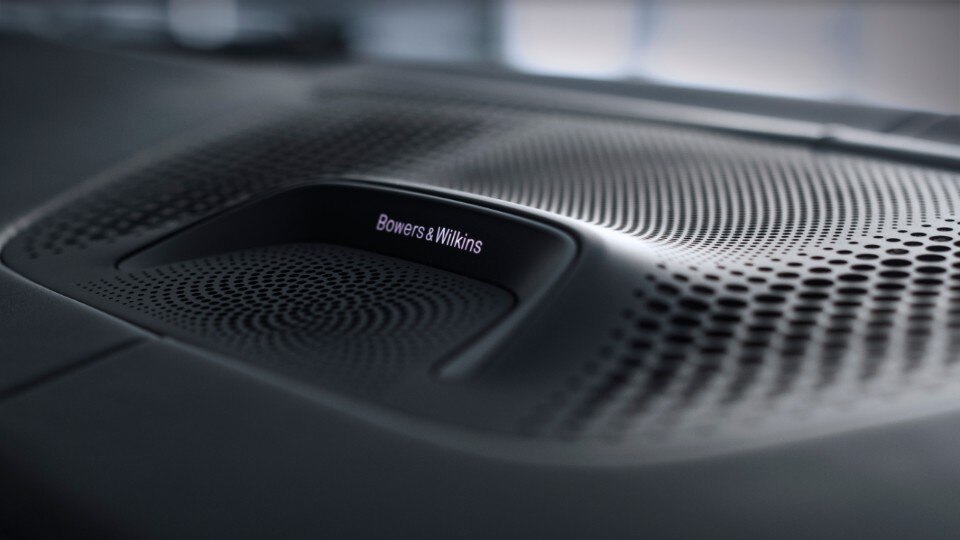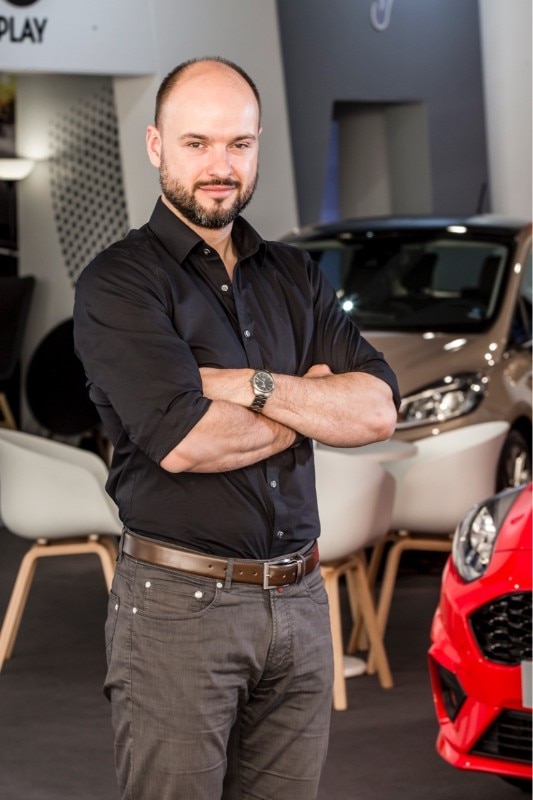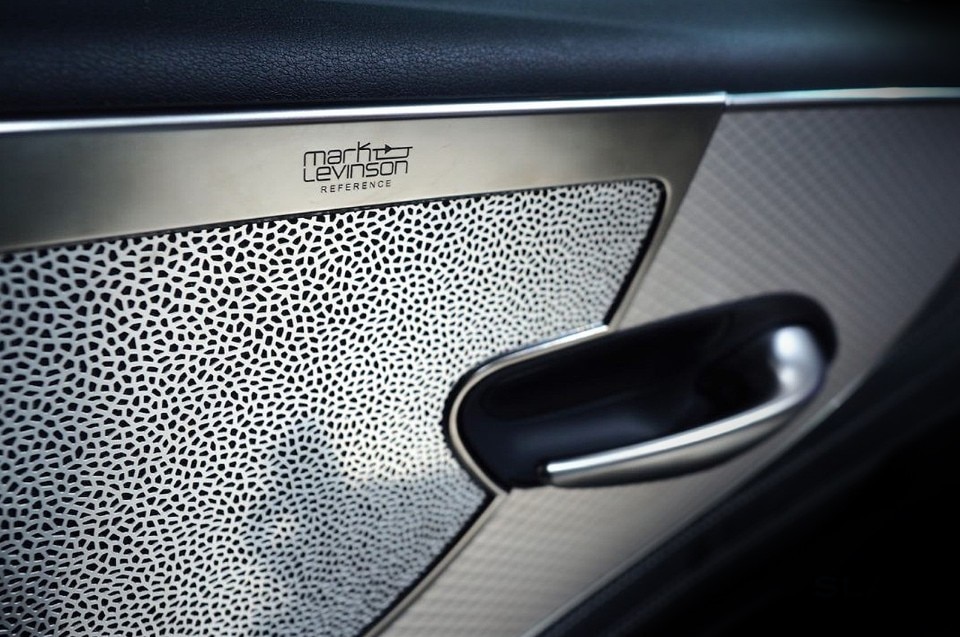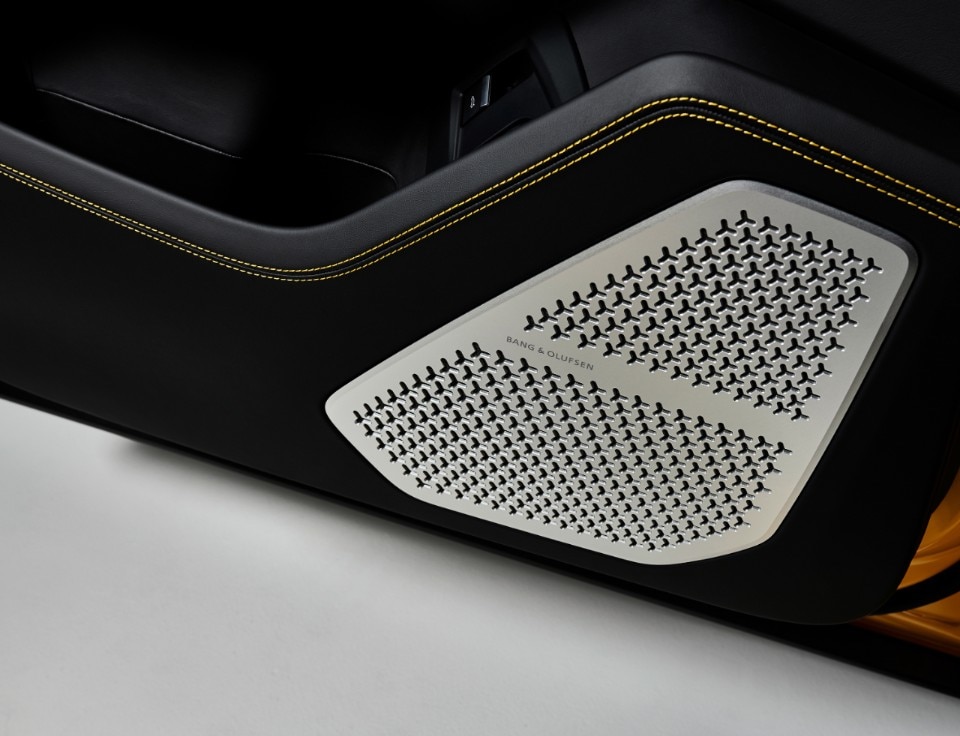Harman not only is one of the biggest and most popular audio companies in the world, with its hugely-known brands like JBL, AKG and more, but also among the most important suppliers of automotive audio systems. Today, more than 50 million cars on the road and 80% of luxury cars are equipped with Harman systems. Out of a record-breaking total of 18 awards at 2019 iF Design Awards, 4 were in the car audio category: it's the first time for Harman and Huemen, its newborn design lab. “Amongst 250 designers, we have a group of 20 talented individuals who specifically focus on product design for car audio”, explains Philipp Siebourg, Car Audio Design Director at Huemen. “To stay in close touch with OEMs – car manufacturers – in the main regions, we built strong teams at strategically located design studios in Munich, Detroit and Shanghai. At these locations, each of our brands is managed by a dedicated designer”.

Huemen was created in 2018, as an in-house design agency, to take ownership of the design works across Harman's brands and car companies, Siebourg tells Domus. But that of Harman and automotive audio is a long history. “Harman has a great heritage in the audio industry with its early roots reaching back as far as 1928, when the first talking movie was broadcasted through JBL loudspeakers”, explains Head of Acoustic Systems Engineering Europe Greg Sikora. “If you look at car audio, it was Becker Radio company, which Harman acquired in 1995, that has been one of the driving forces behind the introduction of radio and navigation solutions for vehicles since the early 1950s”.
Which are the main brands in Harman’s car audio portfolio today?
Greg Sikora: Over the years, we grew our house of brands that today includes nine brands we use in the automotive space, amongst them some of the most famous names in audio such as JBL, Harman Kardon, and our automotive license brands Bowers & Wilkins or Bang & Olufsen. This house of brands allows us to find the right brand fit for each of our OEM customers.

What are the key points in designing a good car audio system?
GS: Designing a good car audio system takes skill. Today, you can tune about 60-70% of a system with the help of software, but to really achieve a good result and to live up to the expectations customers have towards your brand, the ultimate tuning tool is the human ear, or even more precise the brain.
So, it’s important that not all the process is automated.
Fine-tuning a premium sound system requires human expertise and experience. Our acoustic engineers are specifically trained to detect the nuances in sound and spend up to 400-500 hours in total to fine-tune a sound system. You may compare it with a master cuisine – one can get the same ingredients, but it is only a master chef who will turn all this into a true piece of art. And this is exactly the same as how acoustic engineering works.
How do you design audio systems under the flag of different audio brands and for so many car companies?
Philipp Siebourg: As designers, our goal is to create integrated solutions that highlight unique aspects of the audio system, which we use to communicate the values of our brands. Design and design integration have become increasingly important over the past years. The recent win of four design awards for our audio systems onboard the BMW X5 (Bowers &Wilkins), Bentley Continental (Bang & Olufsen), Lamborghini Urus (Bang& Olufsen) and Lexus LS (Mark Levinson) shows that we live up to our commitment: to combine contemporary design and integrated technology, while staying true to the core values of delivering unmatched innovation, sound quality and a premium listening experience wherever people enjoy their music.

Bang & Olufsen for Bentley and Urus, Bowers and Wilkins for Bmw, and more… how did you manage all the different Harman brands? PS: Our team puts a lot of work in pulling together brand design books for each brand that define the design language, constituting the essence of each brand and thereby differentiating it from the others. Assigning brands to individual designers helps them really embrace the brand DNA and thus drive more brand differentiation for a unique brand character. Besides making sure we differentiate the brands within our portfolio, it is, of course, also important to find unique designs for OEM cars. The ‘one fits all’ philosophy has no place at HARMAN. With our work, we want to go beyond simply being a brand or logo because our value comes from the people behind it, who work with their hands and ears to fine-tune each sound experience.
And your relationship with automotive brands? PS: Same as tuning an audio system, also designing it is a shared effort between the OEM and the audio brand designers. When we start working with the OEM designers, our team briefs them on the specifics of the selected audio brand, sharing the brand believe and message the audio system should communicate. It is only with an implicit understanding of each other’s brands, that the OEM and audio brand can work in harmony to achieve the best possible result. Ideally, the co-development starts as early as the manufacturer decides to integrate a branded car audio system into its car. Audio should never be an afterthought.
GS: Besides having the right experts to tune the system, the level of collaboration with the OEM is key. The closer the alignment between the OEM and HARMAN and the earlier in the process we can weigh in from an acoustics perspective, the better the system will sound in the car. Think about the number of speakers, choice of hardware and more importantly the positioning of the loudspeakers inside the vehicle cabin. Finally, yet importantly, the perfect car audio system is also a matter of brand. Every brand has its own sound philosophy. Harman Kardon, for example, is known for amazing sounds without fireworks, meaning it is very well balanced and smooth without exaggerations in the sound. Just the same sound you are accustomed to from your Harman Kardon home cinema system.
.jpg.foto.rmedium.jpg)
Spotify changed how we listen to music. Did it change car audio, too?
GS: Driven by technological advancements, also the consumer behaviour changed quite a lot. Nowadays we spend a lot of time in our cars, commuting to work through urban areas. Therefore, it does not come as a surprise that the car is the number one place where we listen to music the most. Consumers are thus looking for higher quality audio to really enjoy their time. However, it is no longer exclusively the pure system performance that counts, but the overall system design and how it integrates into a holistic experience for any vehicle occupant. An important fact not to be forgotten is that Harman is also a powerhouse for solutions for the connected car. Both areas of business combined, make us a unique player in the industry that can provide end-to-end solutions to our OEM customer base ranging from Audi, BMW, Ford, Toyota to Ferrari, Bentley, Lamborghini and Maserati.
What’s coming in the future?
GS: It is a very exciting time when the car is expected to change more in the next five years than it has in the last fifty. If you take an industry perspective, there are megatrends that will shape the future of automotive, like digitization, autonomous driving, shared mobility or the growing demand for personalization.

So, new challenges. How will you approach them?
GS: Think of future scenarios with autonomous driving: If you are freed from the task of steering the vehicle yourself, you gain time you can use for different activities, maybe working, enjoying entertainment features, or simply relaxing. While today, the engineers know where passengers are seated and can thus tune the system accordingly, in future autonomous car scenario, passengers might move their seat around 180° or even lay flat to relax while watching a movie on a big screen in the car roof. This requires anew thinking of how to configure a sound system. Sounds quite challenging, but it is also a great gateway for innovations.
Will this change your approach to design?
PS: It might become more important for both carmakers and suppliers like HARMAN to take a step back and look at the holistic experience for the car passenger in different scenarios. With the attention to design integration of our systems, we are already turned toward this direction. From a design point of view, I think we will move toward smarter materials, like fabrics, light applications or lightweight material. For specific applications in the car, current research already looks at materials that give haptic feedback. All these trends will open doors to new in-car experiences and we are all excited to see what the future holds for our car audio business and the entire automotive industry.

